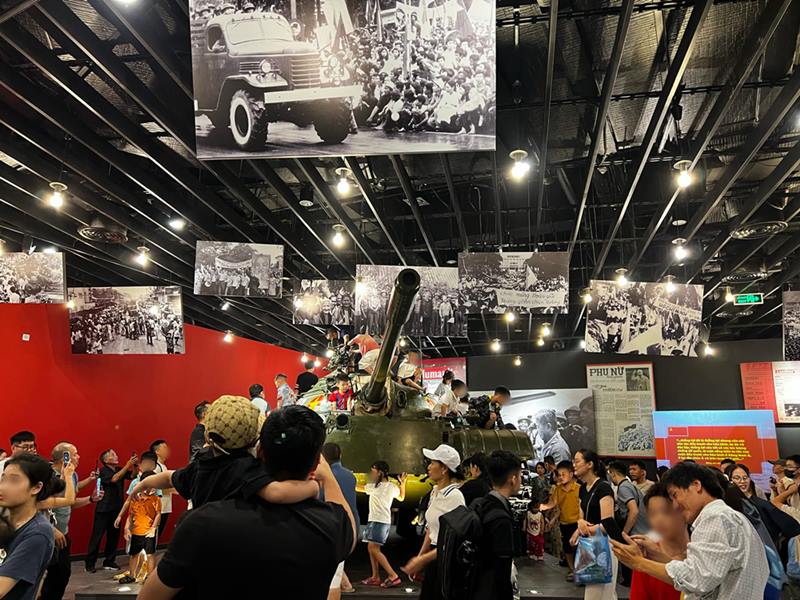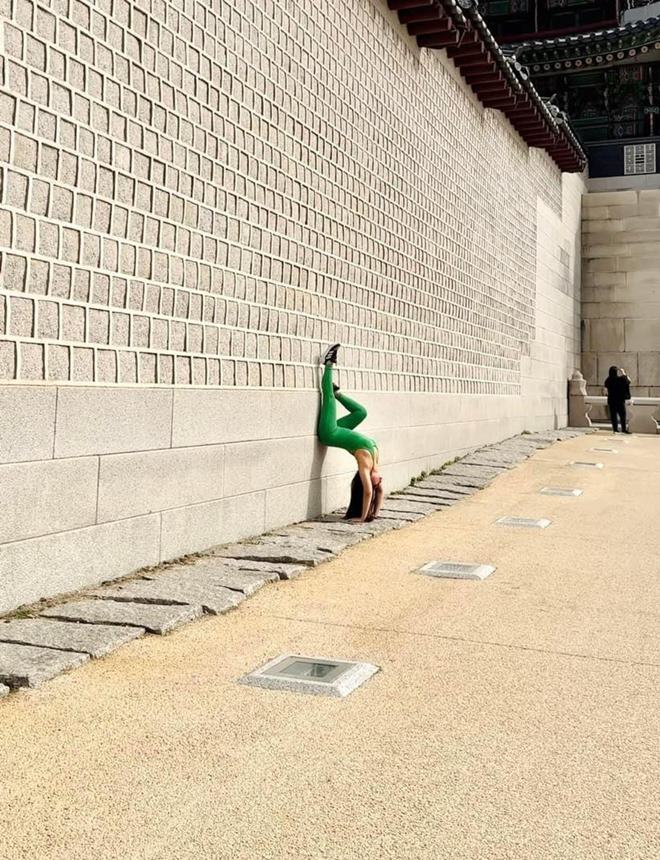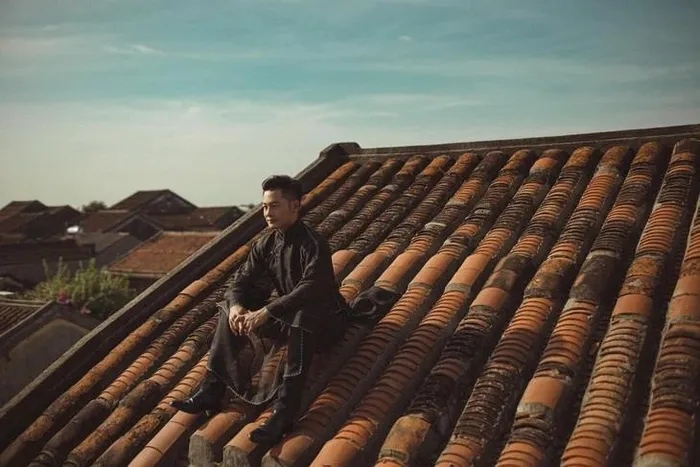Take pictures on the roof of the museum, climb on the exhibits
The Vietnam Military History Museum offered free admission during its opening days, attracting a large number of locals and tourists to visit and explore. Last weekend, the museum welcomed a record number of visitors, about 40,000 people.
The influx of visitors while the museum’s staff is thin has led to many problems in security management and protection of artifacts. Many offensive scenes have appeared related to visitors’ awareness.

Most notably, on November 11, an 8-second clip went viral on social media, recording a girl climbing onto the roof of the Vietnam Military History Museum to pose for a video and take photos.
The clip attracted the attention of many netizens. Many people expressed their anger, criticized the girl's lack of awareness, and raised questions about security and order management at the museum.
Previously, the Vietnam Military History Museum also caused controversy when it allowed visitors to freely walk around, touch, and even climb on exhibits in the museum. Many visitors said that the museum did not have strict control, lacked staff to directly guide visitors, direct traffic, or explain exhibits, leading to a chaotic, noisy, and extremely offensive situation.

Sharing with Lao Dong, Mr. Pham Hai Quynh - Director of the Asian Tourism Development Institute (ATI) - highly appreciated the public's interest in the country's military history and culture through the newly opened museum.
However, Mr. Quynh said that visitors climbing, touching artifacts, and engaging in offensive behavior at the museum is something worth paying attention to. Mr. Quynh affirmed: "The reason for this situation may be that the newly opened museum lacks security guards or tour guides, leading to visitors not following the regulations."
In addition, visitors, especially children, tend to want to explore and learn directly about the artifacts. Insufficient or unnoticeable warning signs can make visitors unaware of the need to touch the artifacts.
Offensive behavior in tourist attractions
This is not the first time Vietnamese tourists have been criticized for their offensive behavior at tourist attractions. Not long ago, the online community was embroiled in controversy over the image of a Vietnamese woman wearing tight-fitting clothes, performing yoga moves outside the fence of Gyeongbokgung Palace (Seoul, South Korea).

Many people believe that the palace is a sacred, historical place, so it is necessary to behave seriously and discreetly to avoid causing offense. On some forums in Vietnam and Korea, the woman received heavy criticism.
Or in July this year, singer Duc Tuan attracted attention when he shared a series of photos taken on the yin-yang tiled roof of an ancient house in Hoi An. Immediately after that, the leaders of Hoi An city had to intervene to verify the incident.

Duc Tuan also said he received permission from the coffee shop owner to take the photo series. But he later had to delete the post due to backlash from the online community.
In recent years, Hoi An has been repeatedly called out for tourists dressing inappropriately when visiting the centuries-old ancient town. Some tourists even wore bikinis and "let loose" their breasts here, causing outrage among the online community.
Hoi An Cultural Heritage Conservation Center verified that the place where singer Duc Tuan took the photo was a house that had been cited many times and had been forced to install a railing, but the owner still let guests climb over the railing to take photos.
In addition, many tourist destinations, relics, and museums in Vietnam often encounter situations where tourists dress inappropriately, touch, fondle, or climb on artifacts and antiquities while visiting. Leaders of some localities and tourist attractions such as Hoi An have had to repeatedly take measures to prevent and correct this behavior.
According to expert Pham Hai Quynh, visitors' failure to comply with regulations on protecting artifacts can be considered a violation in preserving cultural heritage.
Mr. Quynh affirmed that it is necessary to improve the management, supervision and education of visitors. Cultural management agencies need to have clear regulations and support museums and relics in protecting artifacts. Each individual also needs to be aware of and respect historical artifacts and relics.











